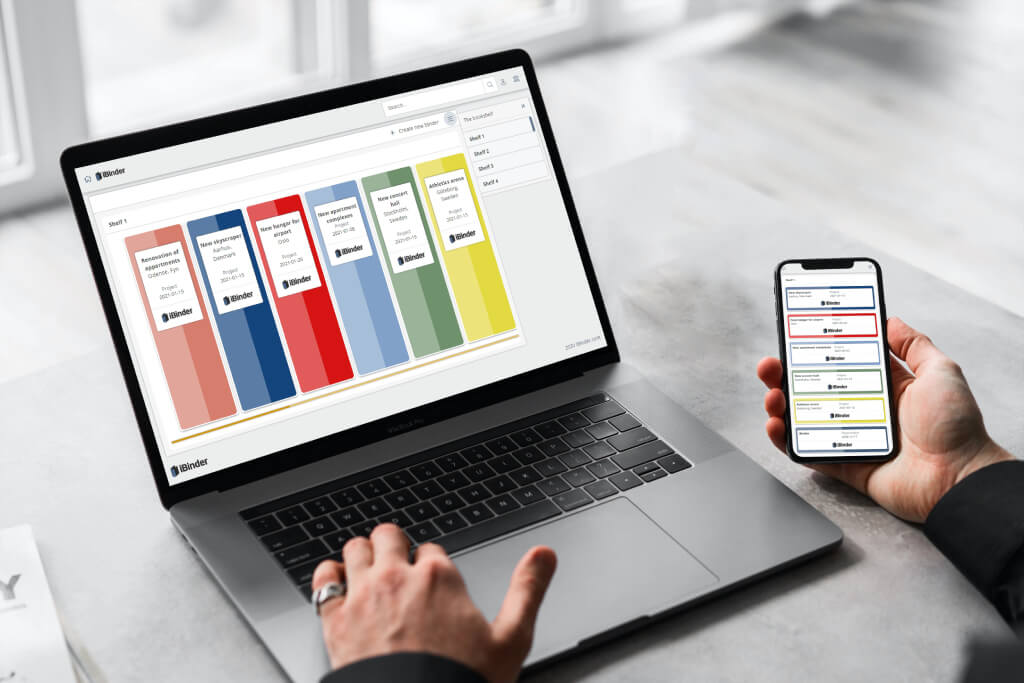Digitalization Creates Real Value for the Construction Industry
Digitalization is one of the most talked-about concepts in the construction and real estate sectors. But what does it actually mean—and how does it create real value?

For many organizations, the transition to digital workflows remains a challenge. It’s not just about replacing binders and folders with digital systems, but about building data-driven processes that stand the test of time.
A common mistake organizations make is introducing new systems without first analyzing how they align with existing processes.
Organizations often want to get started quickly and push forward until problems appear, rather than anticipating them. We recommend investing more time in planning before choosing a system. The time you lose at the start will pay off many times over later,” says Rikard König, Product Manager at iBinder.
When planning is lacking, projects are often managed in different ways, creating parallel processes and fragmented information. The result is more time spent on troubleshooting than on creating value.
The Right System Should Strengthen Processes—Not Control Them
Digitalization is not a goal in itself, but a tool to make work more efficient and ensure quality.
The system itself is not the solution—it’s about how well it adapts to your process. Trying to force your organization into the system’s logic is costly. The time lost along the way can never be regained, even if you fix it later,” says Rikard König.
The iBinder platform was originally created as a digital version of the traditional construction binder but has since evolved into a solution for managing property information throughout its entire lifecycle—from construction projects to maintenance—with different views and functions for different needs.
From Digitalization to Value Creation
Going “from paper to digital” is only the beginning. Real value emerges when information is enriched, structured, and used as a foundation for decision-making.
You have to set the right requirements throughout the entire chain: What did I need to know in the previous stage? What’s required for the next? Digitalization must lead to tangible results; otherwise, the information adds no value,” says Rikard König.
Here, AI plays a key role. By automating searches, enriching data, and detecting patterns in large data sets, AI can accelerate the digitalization journey and help the industry work more efficiently, sustainably, and strategically.
From Searching to Finding
One of the industry’s biggest challenges is information flow. Users often feel they are “searching” rather than actually “finding.”
All recorded data must be searchable, and search results must be delivered quickly and relevantly for each user. “If users don’t get accurate results, they eventually stop searching. Our focus is to move from searching to precision,” says Rikard König.
Security is equally important. With sensitive information and many stakeholders in the same project, clear access levels are essential.
“The permission system must follow every search and filter so that the right information reaches the right people—and doesn’t end up in the wrong hands,” says Rikard König.
The Next Step: AI in Practice
For iBinder, the next stage of development is to make digitalization even more intelligent.
Why Choose iBinder
-
Full mobile access to project folders and documents
-
Real-time notifications and updates on any device
-
Easy uploading of site photos, checklists, and comments
-
Seamless collaboration between on-site teams and office stakeholders

Rikard König, Product Manager

How iBinder works
iBinder is a cloud-based platform that helps the construction and real estate industry better manage information and documentation about their properties.
